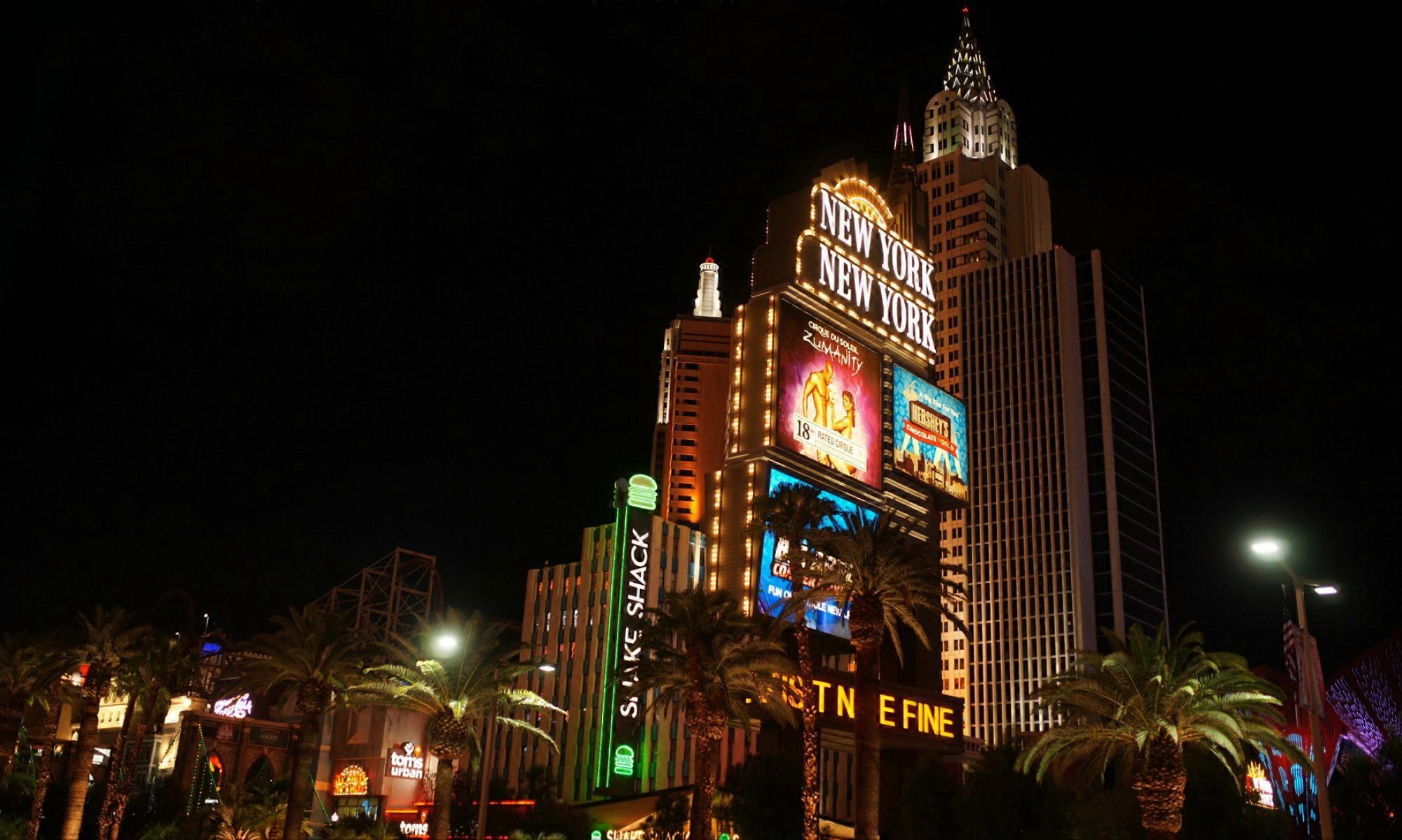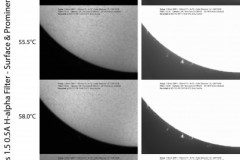Since the first days I could observe the sun through a narrow band solar H-alpha filter, I was wondering what the tuning effect of such a filter would be. It does not matter whether the filter is pressure, tilt or temperature tuned. The effect of slightly shifting the filter central line is the same. With the temperature tuned filter, I have at hands, a comparable test series is easy to achieve.
I know from previous observations that the filter performs best at 58.0C. Therefore I set the test points at 5 degrees steps across the range of possible temperatures. Only close to the 58C I added 2.5C halve interval steps.
Each individual image was recorded with a set of 100 frames, from which the 20 best frames were stacked. At each temperature I recorded 2 sets at different exposure settings: one for the surface (granulation, … – unfortunately no sunspots were active) and the other for prominences (only minor activity here as well).
As is obvious from the result, the low temperature settings yield close to no interesting view. Between 55.5C and 63.0C the filter delivers good contrast. Beginning at 63.0C contrast degrades again.
Imaging setup:
Telescope: 102mm refractor
Camera: QHY183M @ -20C
Filter: Solar Spectrum – Solar Observer Series 1.5, 0.5A solar H-alpha filter


